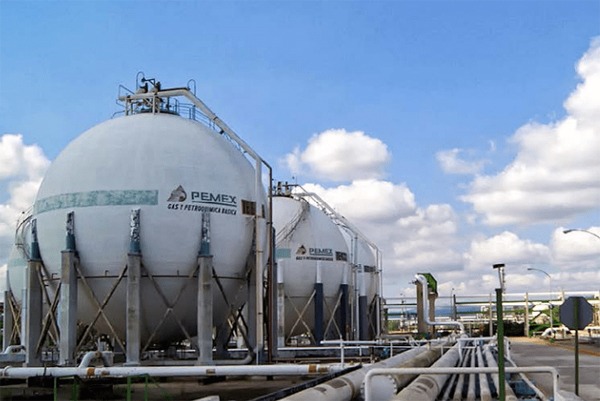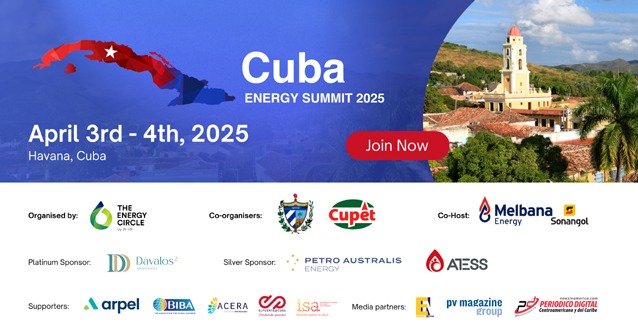Trump’s potential leverage over US gas imports raises urgency

Diego Oré, Reuters
MEXICO CITY
EnergiesNet.com 01 30 2025
Mexico’s government is looking to speed up plans to double its strategic natural gas storage capacity amid concern that U.S. President Donald Trump could use the country’s dependence on U.S. gas as some form of leverage, three sources familiar with the matter said.
Mexico, a net importer of natural gas, has just 2.4 days of natural gas storage capacity.
The country is looking to increase its storage capacity to at least five days of domestic consumption in facilities such as salt caverns and depleted fields, two government sources and one industry source said.
In comparison, France has an average storage of natural gas equivalent to just over 105 days of its national consumption while Spain has around 20 days.
President Claudia Sheinbaum’s government had initially planned to double storage capacity by 2030, when her administration ends. However, Trump’s return to power and more extreme weather this winter made her bring that forward to the end of 2025 or beginning of 2026, the sources said.
A White House official, asked about the possibility of using Mexico’s reliance on U.S. natural gas as leverage, said the administration is still reviewing its trade relationship with Mexico but “all options” remain on the table.
Mexico’s presidency and energy ministry did not immediately respond to requests for comment.
In February 2021, a winter storm in Texas disrupted natural gas pipeline supplies to Mexico, leaving millions of users without power across most of the country and causing losses of just over $6 billion in one week, according to private industry estimates.
Imports, which are almost entirely from the United States, meet 72% of the total demand for natural gas consumed in Mexico.
It is used mainly to generate electricity and for industrial activities. The vast majority of natural gas imports are carried by pipeline.
Since Sheinbaum won Mexico’s presidential election last summer, her energy team has met with Mexican and foreign businesses to revive the plan of her predecessor Andres Manuel Lopez Obrador to increase natural gas storage capacity for emergencies.
The sources said the government feels a still greater sense of urgency for the project since Trump won the U.S. election and threatened to impose tariffs on Mexico.
Storing natural gas for energy security is a policy that Mexico has sought to implement for more than a decade, when imports of the fuel began to rise, from 1,258 million cubic feet per day (mcfpd) in 2009 to 6,178.6 mcfpd in 2023, amid a drop in domestic production.
In 2018, the energy ministry presented a document instructing Cenagas, which manages the natural gas transportation and storage system, to have a minimum of five days of national consumption as a strategic natural gas inventory, 45 trillion cubic feet (tcf), by 2026.
However, the previous government failed to attract bidders for tenders to transform four depleted oil fields into storage facilities.
According to the government sources, the capital cost required to double natural gas storage capacity would be between $420 million and $2.58 billion, depending on the technology used.
The lower limit corresponds to depleted hydrocarbon deposits and the upper limit corresponds to storage in liquefied natural gas (LNG) tanks.
Reporting by Diego Ore; Additional reporting by Jarrett Renshaw in Washington; Editing by Andrea Ricci
reuters.com 01 29 2025












